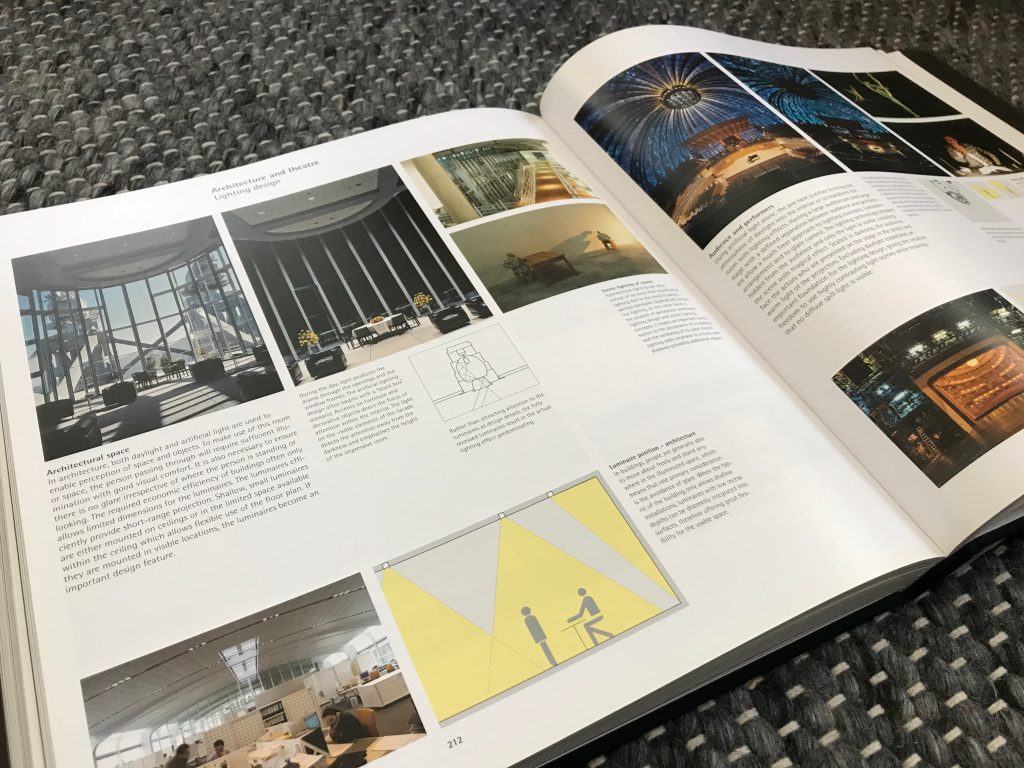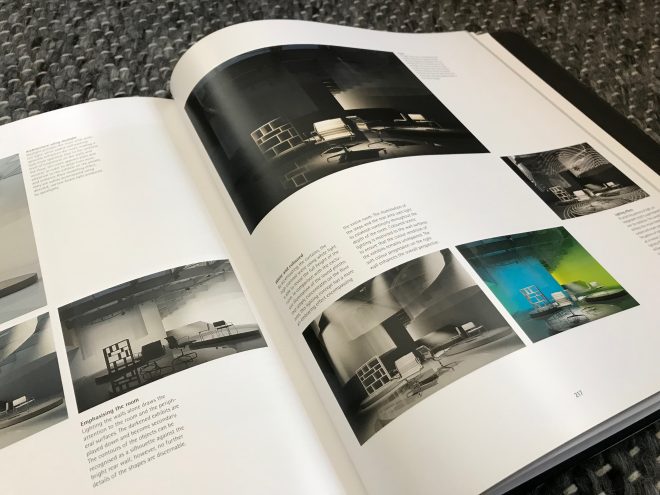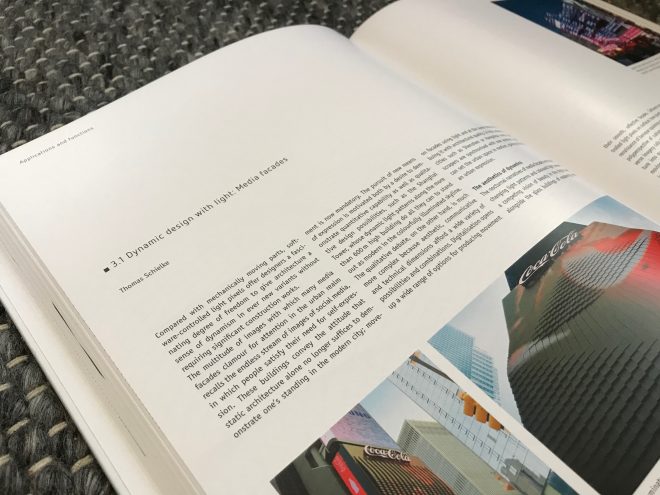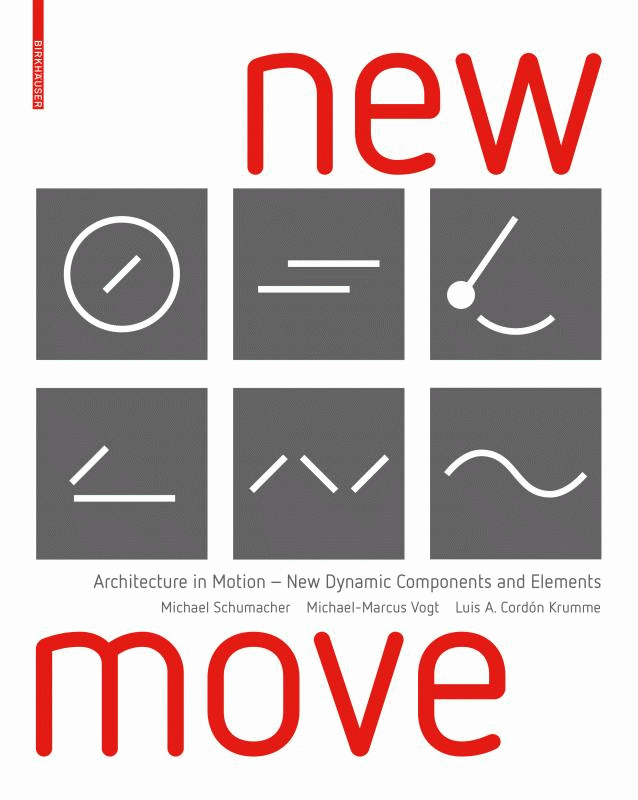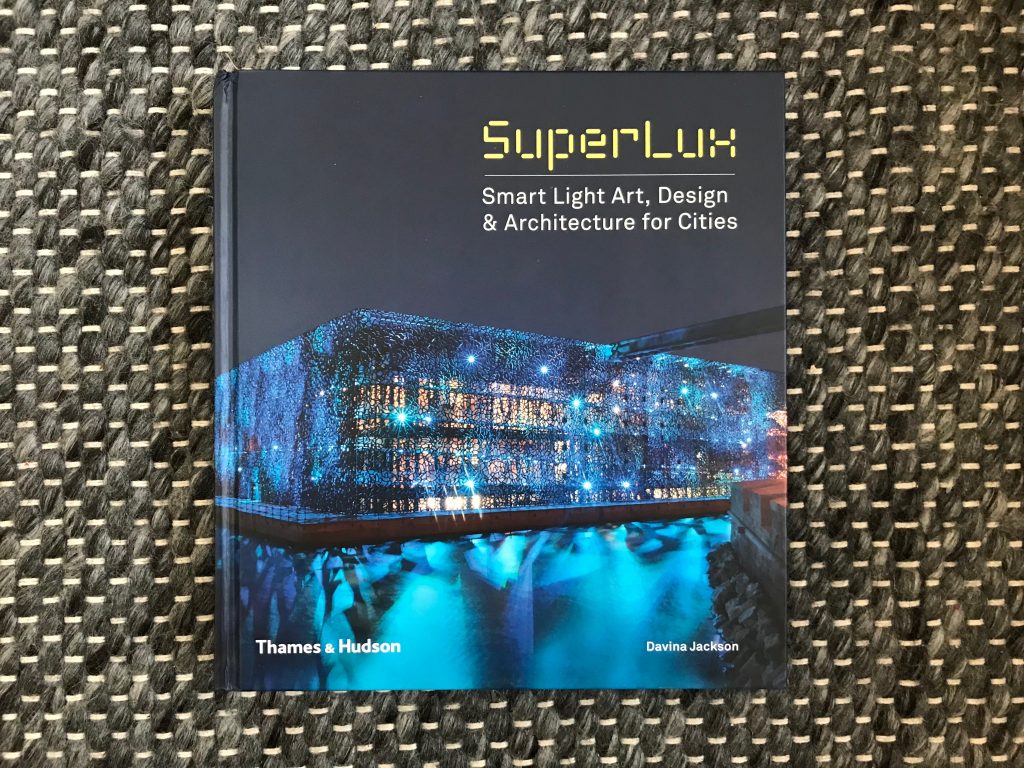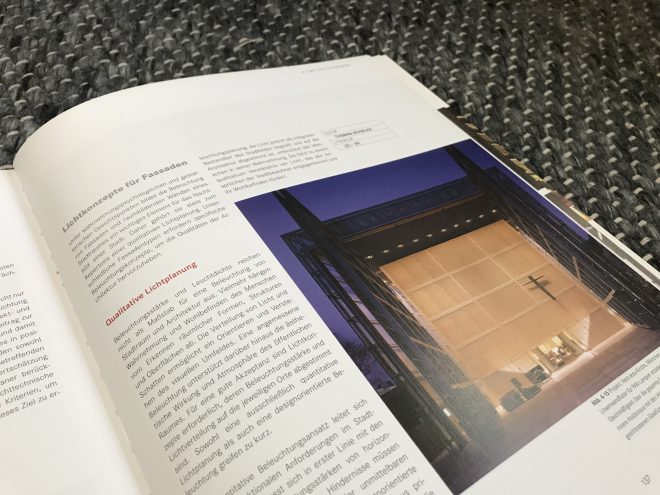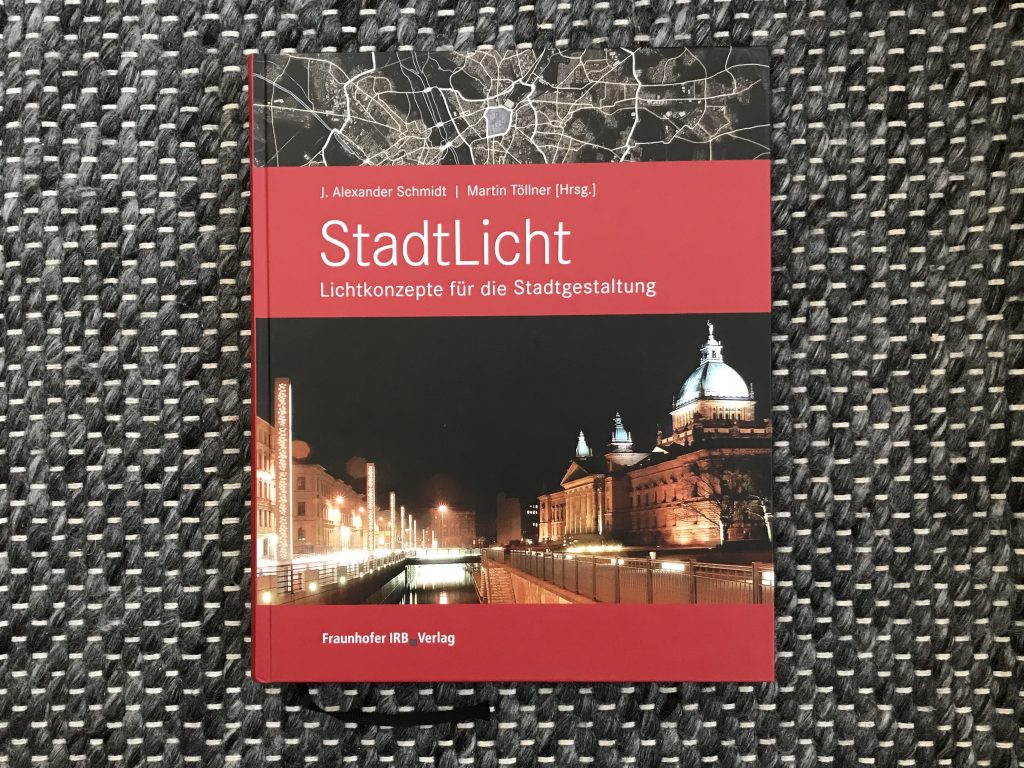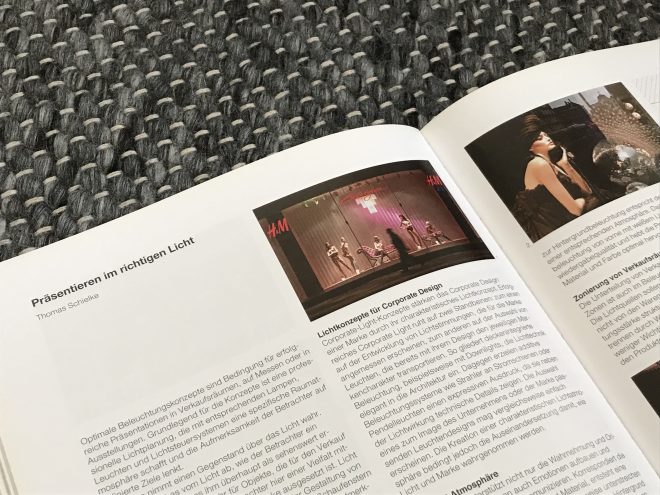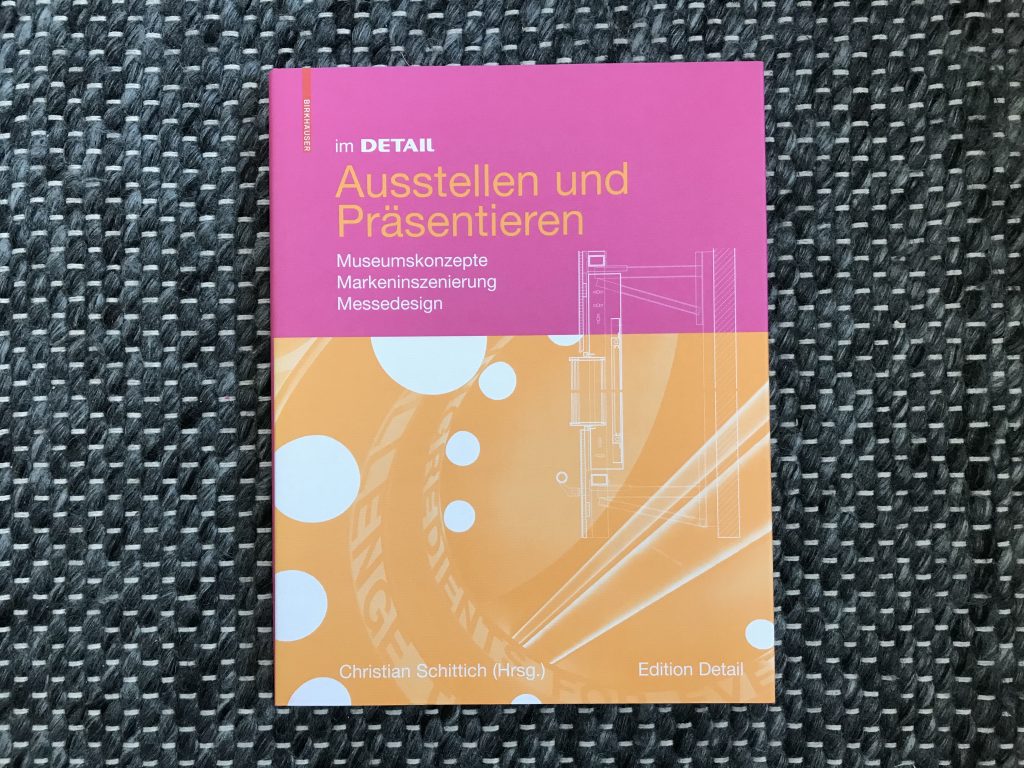What are the intrinsic qualities of light, and how are the techniques and design approaches implemented in architecture? How are abstract lighting concepts conveyed, and how far is our perception of light rooted in the biological and cultural history of human evolution? This book endeavours to identify terms and stand-ards which relate to qualities in architectural lighting. It uses this identification to promote communication and aid dialogue between designers and engineers, building owners and planners, professionals and laymen. The 21 chapters are arranged in three sections cover-ing the actual qualities of light, the relation-ship between light and space and, finally, the dimension of light as it relates to culture. In each of the chapters, paired terms explore the respective design dimension of light. Using texts, photos, computer graphics and drawings, the team of authors investigates each pair of terms – beginning with the original cultural and historical context, moving onto didactic material on perception, lighting design and lighting technology and concluding with case studies in virtual architectural situations. (ERCO press release)
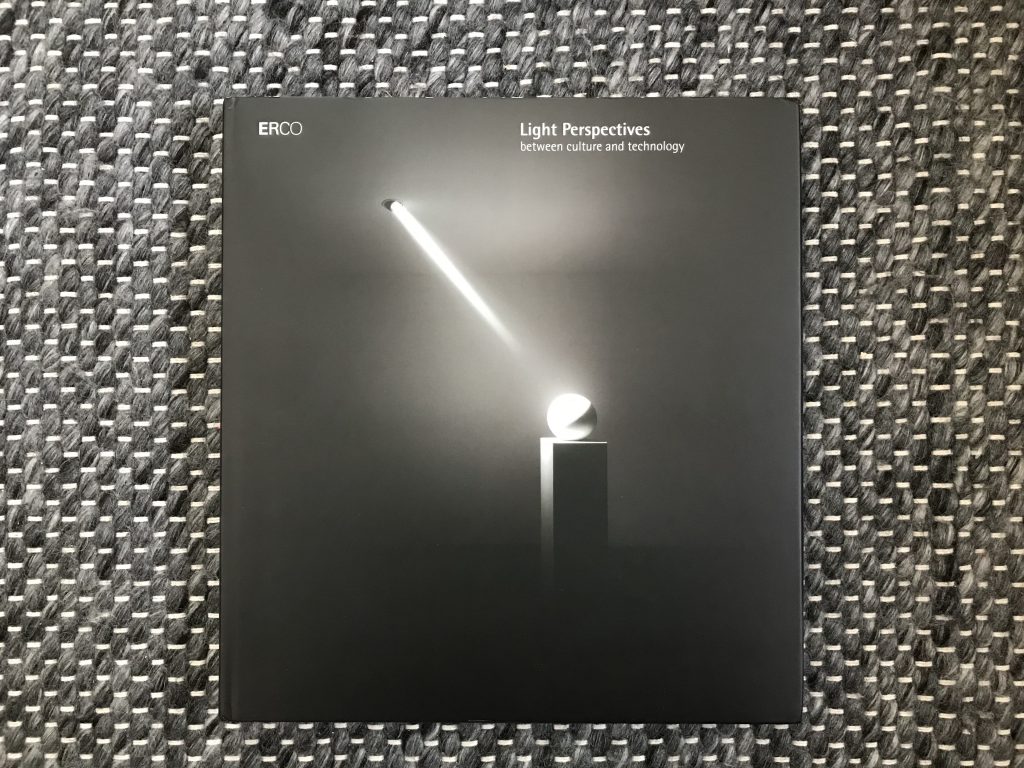
Light Perspectives
ISBN 978-3-9813216-1-6
